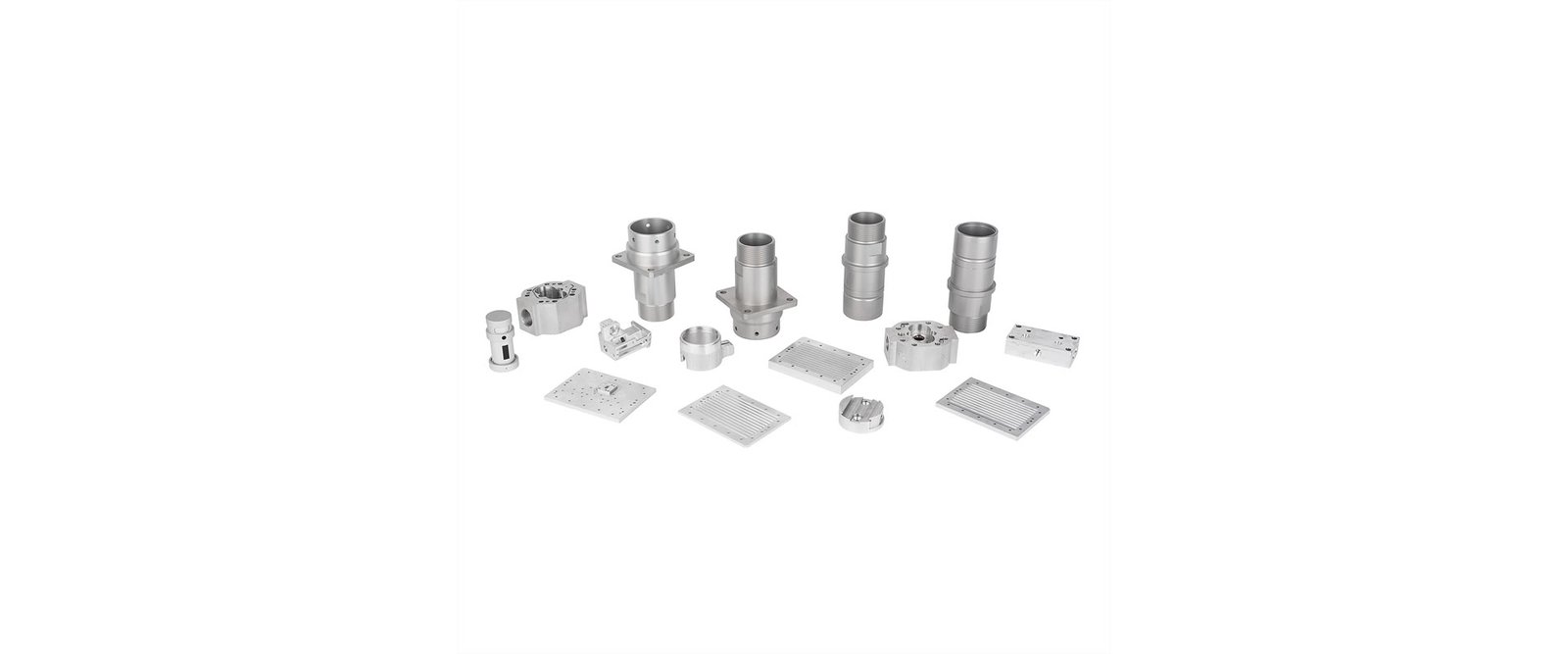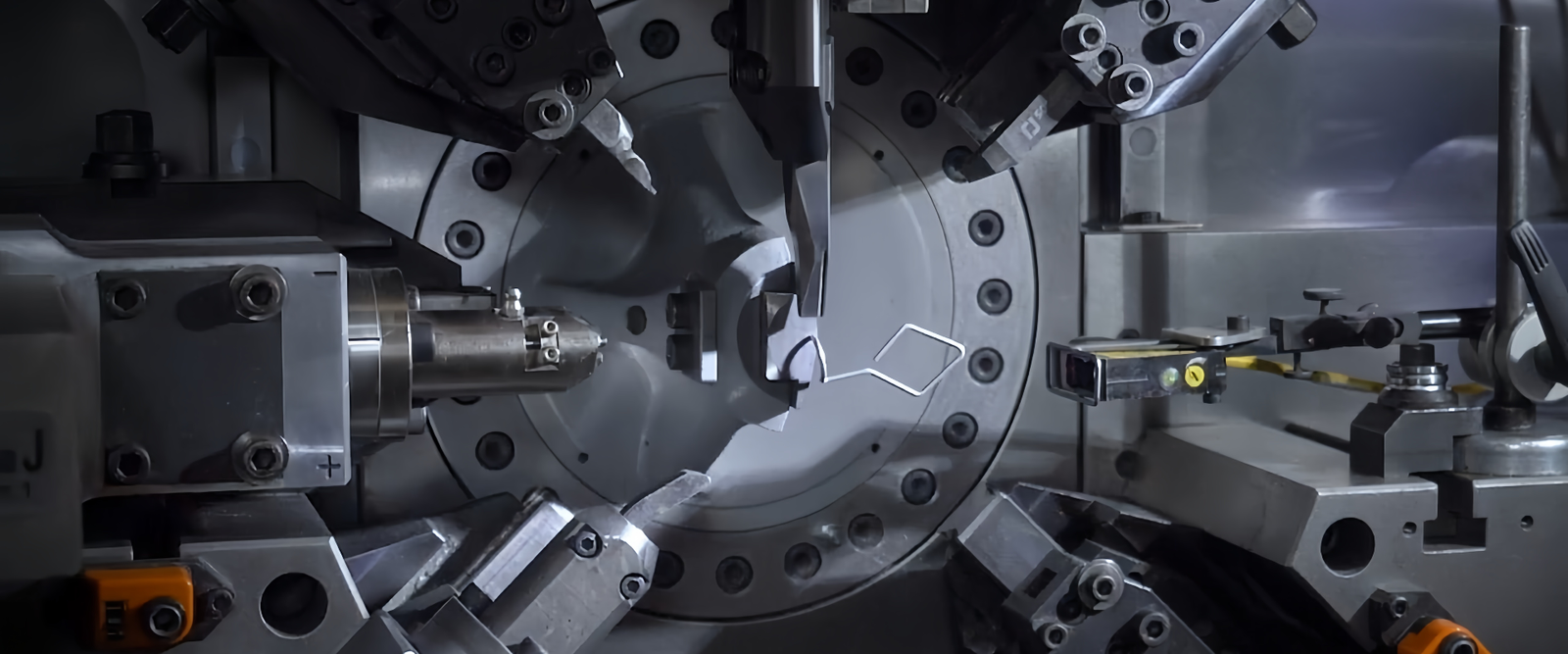Modern vehicles rely on thousands of unseen precision hardware components. From the engine to the interior, springs, stampings, and wire forms are fundamental to a car’s safety, performance, and comfort. This guide explores the most critical applications of these components across a vehicle’s various systems, providing a clear overview of their functions and importance.
From “Function” to “Experience”—The Evolving Value of Precision Hardware
As the automotive industry evolves towards electrification, intelligence, and higher levels of comfort, the requirements for components have long surpassed simple functionality. Today, the force curve of a spring defines the “feel” of the accelerator pedal, and the precision of a stamped bracket impacts the entire vehicle’s NVH (Noise, Vibration, and Harshness) performance. As a veteran, IATF 16949 certified automotive component supplier, we have witnessed and participated in this value evolution.
1. The Powertrain System – Reliability Under Extreme Conditions
This is the most demanding environment in a vehicle, with the highest requirements for heat resistance, fatigue life, and reliability.
- 1.1 The Heart of the Engine – Valve Springs: In an internal combustion engine, valve springs are compressed and released thousands of times per minute under high temperature and pressure to control valve timing. Any failure is catastrophic. Therefore, valve springs must be made from the highest-grade alloy steels, like chrome silicon vanadium, and undergo special processes like shot peening to achieve extreme fatigue life.
- 1.2 Power Transmission – Clutch and Transmission Springs: From the diaphragm spring in a clutch to the precision control springs in an automatic transmission’s valve body, these components precisely regulate pressure application and release. This ensures smooth, efficient power delivery without shudder or hesitation.
2. The Chassis & Safety Systems – Guarding Every Journey
This is the first line of defense for both ride quality and life safety.
- 2.1 The Suspension System: Large helical compression springs (suspension springs) and stabilizer bars (a type of torsion bar spring) form the core of the vehicle’s suspension. They play a decisive role in absorbing road imperfections and controlling body roll during cornering.
- 2.2 The Braking System: Small but vital brake caliper return springs and extension springs ensure that the brake pads promptly disengage from the rotor when you release the pedal, preventing drag and overheating.
- 2.3 The Seatbelt System: The flat spiral power spring inside the seatbelt retractor provides the smooth, reliable, and automatic retraction force that we all take for granted.
3. The Body & Interior Systems – Quality You Can Touch and Feel
Hardware in this domain must not only be functionally reliable but also meet stringent NVH and aesthetic standards.
- 3.1 Closures: From the gas springs that support the hood and trunk to the torsion springs and stampings in the door checks and the damping mechanisms in the glove box, these components make every opening and closing feel refined and high-quality.
- 3.2 Seating Systems: A modern car seat is a masterpiece of precision hardware. It contains dozens of stamped brackets, wire-formed adjustment linkages, and precision springs for lumbar and headrest adjustment, all working together to provide multi-directional power adjustment and ergonomic comfort.
4. Automotive Electronics – The Physical Basis for the Wave of Intelligence
The modern car is a collection of electronic products, and the demand for reliable connection and shielding has skyrocketed.
- 4.1 Connectors and Terminals: The ECUs, sensors, and wiring harnesses throughout the vehicle contain thousands of precision stamped terminals and contacts made from phosphor bronze or beryllium copper. They are the “nerve endings” that ensure clear communication throughout the vehicle’s entire electrical system.
- 4.2 Electromagnetic Shielding: As in-car infotainment and autonomous driving systems become more complex, their EMI problems become more prominent. The various grounding clips and shielding cans we produce provide a “golden shield” for these sensitive electronic modules, ensuring they do not interfere with each other.
Conclusion
The “zero-defect” culture of the automotive industry is embedded in every stage of our manufacturing process. With our deep industry knowledge, robust engineering capabilities, and sound quality systems, we provide trusted precision hardware solutions to global automakers and Tier 1 suppliers.
.png)



